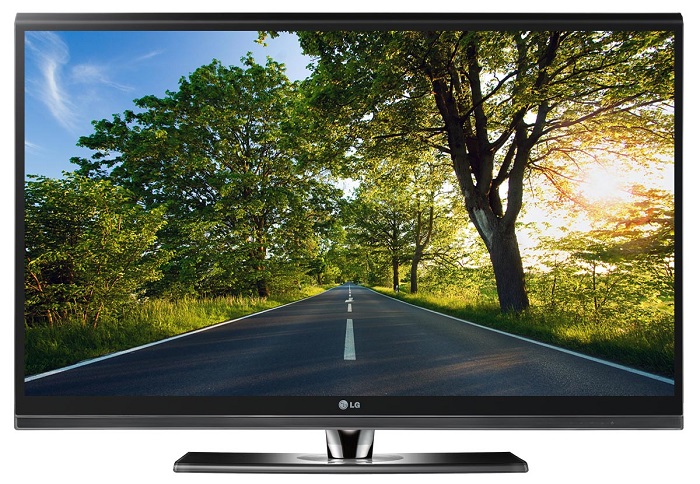While liquid crystal displays are a form of display screen that modern society largely takes for granted, between mobile devices, television sets, and the like, what is not known is its history, and the fact that it was the carrot which led to its creation.

The world’s leading supplier of liquid crystals is Germany-based Merck KGaA. The company, which also holds the title as the world’s oldest chemicals and pharmaceuticals provider, produces more than 60% of all liquid crystals sold worldwide; that’s more than better known providers like JNC and DIC, as well as up and coming companies out of China.
“The millions of people who own a smartphone, a flat-screen television or a computer have no idea that these contain liquid crystals,” explained Horst Stegemeyer, scientist and author of several books on the subject. “And around 80 percent of all fundamental research on liquid crystals is still done at Merck”, he added.
But how did Merck become the leading supplier of liquid crystals? To find that answer out, you’d have to go all the way back to the late 1800s, with Austrian botanist Friedrich Reinitzer and German physicist Otto Lehmann. The two researchers discovered liquid crystals in 1888 while experimenting with the natural substances found in carrots. During these tests, they found that some of the substances within the carrot had two melting points. At the first melting point, the substance simply melted into a cloudy liquid; at the second melting point, though, the cloudiness suddenly disappeared, leaving behind a clear transparent liquid. This new state of matter was henceforth referred to as “liquid crystal”.

Now, while the discovery was very exciting at the time, most of the world had no idea what to do with liquid crystals. Without any immediate application for their discovery, Reinitzer and Lehmann went to Merck to validate their findings.
Decades passed and it wasn’t until the 1960s when scientists in the US began experimenting with using liquid crystals behind screens. Several iterations of the display technology having since come and gone — early adopters included pocket calculators and display watches in the 1970s; later on, Nintendo used the technology for its Game Boy consoles.
The liquid crystals in today’s electronics are producing synthetically using a combination of chemical products (not carrots), and in 2017, it is anticipated that the first glass panes will be produced that can filter light using liquid crystals. This could lead to larger scale adoption of holographic devices and electronics.
“In five to 10 years, you're going to watch your holographic TV and wonder how anybody could put up with their flat screen TV,” said Merck’s R&D chief Mark Verrall, co-head of research and development.
Via phys.org
Advertisement
Learn more about Electronic Products Magazine





